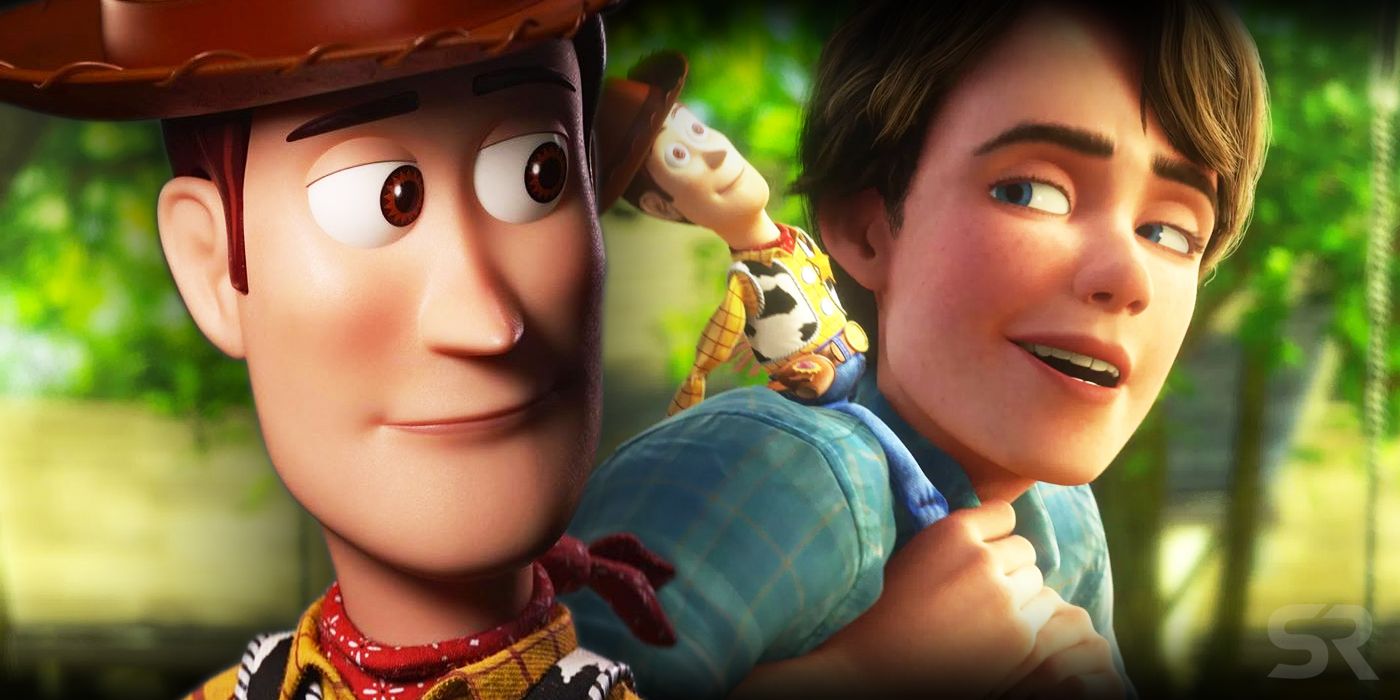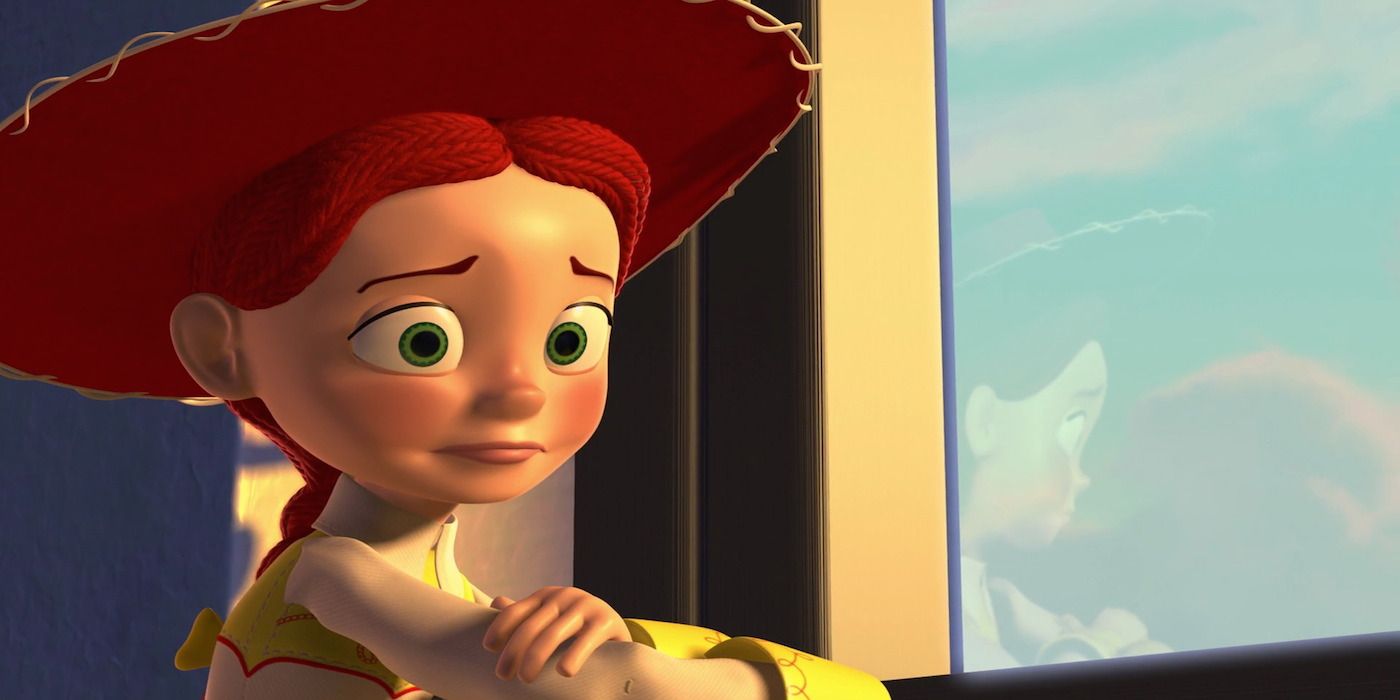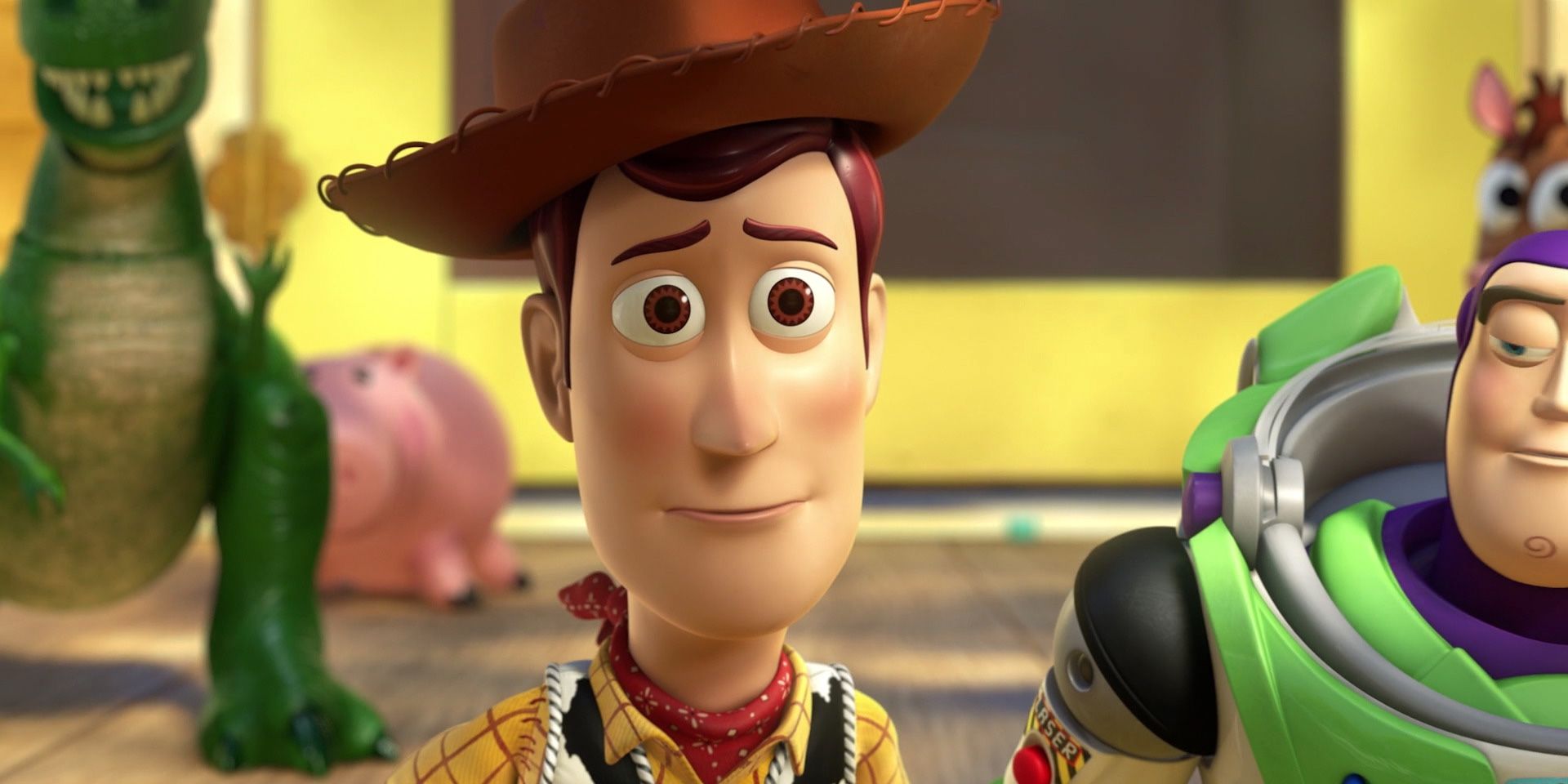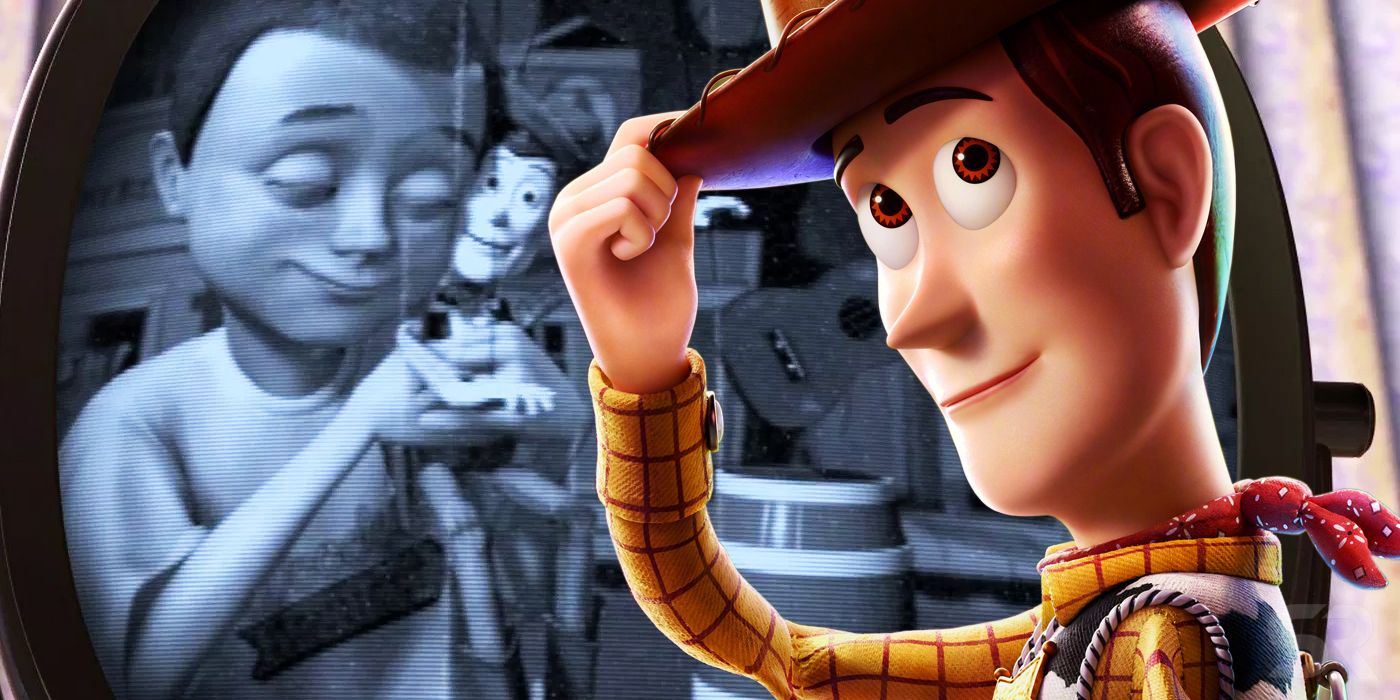Toy Story 4 fixed the unsatisfying ending to Toy Story 3, giving Pixar's defining series a proper thematic conclusion. For many, the prospect of a fourth Toy Story seemed like overkill. The series, which began in 1995, had already had its pan up to the clouds in 2010 and few needed to see what was next (outside of a few throwaway short films).
And most metrics would agree. Toy Story 3 was a major success upon release in 2010. "One of the finest animated movies ever made" declared one particularly effusive review on posters, which pretty much summed up the critical reaction: 98% on RottenTomatoes and an astounding 92% on the stronger aggregator Metacritic. It made $1.067 million worldwide, making it the highest-grossing film of the year and fourth of all-time (and the biggest animated movie to boot). At the Oscars, it not only coasted through the Best Animated Feature category, it became only the third (and, to date, last) animated film to be nominated for Best Picture. Toy Story 3 was undisputedly great.
Except it was incomplete. Regardless of what you thought of Toy Story 3 as a theater experience, the movie quite plainly didn't provide a resolution to the ideas that Woody and co. had been grappling with since the very beginning of Toy Story: how do we cope with change? And, it turns out, the solution lie in a sentient spork and lamp ornament-turned-badass, not a near-death experience and passing of the torch.
Toy Story 2 Raised The Series' Big Question
Toy Story 2 - originally conceived as a rushed, straight-to-VHS cash-in that was bumped up to a theatrical release because of Pixar's high effort - takes the world and style of Toy Story and ramps it up. Now we're not just dealing with evolving whims of a child, we're dealing with the more adult knowledge that things end.
Toy Story 2 ostensibly takes aim at what happens to children after they grow up: Andy breaks Woody, leaving the cowboy doll fearing he's going to be shelved forever; Al collects them to display and, ultimately, sell; and, of course, Jessie has a heart-wrenching tale of a lost owner. There really is no more important moment in the entire Toy Story series than "When She Loved Me," a four-minute sequence where the claustrophobic cowgirl reveals that she too once had an owner just like Woody, but as the years past she was forgotten, before eventually being donated without a second glance. With a bit of a push from the unsold Stinky Pete, Woody considers leaving it all behind to go to the museum and "last forever," but when the rest of Andy's gang arrives, decides that he'd rather live a shorter, more fulfilling life. The film ends with Woody and Buzz discussing this choice, with the cowboy concluding, "it'll be fun while it lasts."
There are many great and powerful underscorings to Toy Story, and no doubt many parents take a more deeply personal message, but the themes that Toy Story 2 most heavily trades in is the unavoidability of change and, more obliquely, the specter of death. Woody learns of his own mortality - through being broken, Jessie's experience, and the subsequent promise of eversion - but concludes that the journey of life is the whole point.
Toy Story 3's Ending Was Incomplete
Toy Story 3 is the idealized ending to the Toy Story movies. On paper, the film is the full realization of what Toy Story 2 teased: it's one thing to accept that the end will come, it's another to face it on directly. Andy's going to college and is forced to decide what to do with his long-neglected toys, leaving them powerless to against an unknown, impending fate. Their attempts to control their destiny leads only to a darker place in the form of Sunnyside Daycare, while Woody's drive to keep things as they are only reveal his own inability to let go. Things reach fever pitch when the gang is thrown into the near-literal fiery pits of hell and together accept their impending fate.
There's a lot of interesting discussion going on here, but its scuppered by what is presented as the ultimate conclusion. The best way to cope with change and death, it transpires, is to prolong the inevitable. By the actions of Woody, he and the toys find a new life with pre-schooler Bonnie, a move that is good for now but will inevitably lead to a repeat of Emily or Andy. What happens when Bonnie grows up? In 2010, audiences were left wondering if there'd be a Toy Story 4 a decade down the line that has to deal with everybody finding another owner?
It's almost a religious tale, with daycare purgatory, the dump hell and Bonnie's heaven, but the conclusion is so neat it doesn't provide any lesson. Toy Story 3's ending inevitably elicits sobs, but it does so with a sense of unreality in an always grounded series. There's a degree of maturity and clarity to the ending that belies Andy being a seventeen-year-old; the grasp and ability to process nostalgia feels revisionist, as if this is how an adult wishes their adolescent self had acted.
It doesn't help that Toy Story 3 just isn't as tight a film. Its humor - Spanish Buzz, Mr. Tortilla Head - is more evocative of rivals Dreamworks than Pixar at its finest, to the point that the incinerator sequence is resolved with an "I understood that reference" gag. And The Great Escape-inspired daycare sequence is removed not only from the core themes but also the premise of toys coming alive; the action could be transplanted to just about any other Pixar world without changing any of the mechanics.
Toy Story 4 Ends The Neverending Story
Enter Toy Story 4. Much was made in the build-up about Forky, the craftwork spork gifted life by (presumably, the movie is intentionally vague on the matter) having his owner's name written on his sticks. It's a very little, rather silly, personification of the existential debate that's been simmering under the franchise from the moment Buzz Lightyear believe he was a real space ranger. But while Forky drives the plot, his primary story role is to provide a mirror for Woody to reflect into.
What is a toy's purpose? And what happens when they appear to have surpassed that? There's not always going to be another Andy, and is it not selfish to prioritize your own enjoyment over that of the collective? Early on in Toy Story 4, Woody immensely struggles with no longer being a favorite toy, languished in Bonnie's closet during playtime with celebrity voice cameos, and almost destroys himself when aggressively assuming protection of Forky. But, in reuniting with lost love Bo Peep who he once contemplated running away with and getting a taste of life outside of the only reality he's come to know, he finally lets go. At the end of the Woody, accepts who he is and embraces true change.
The ending of Toy Story 4 feels bold because of how it opens up many plot avenues - the future of Bonnie's toys, life at the carnival, the further questions of Forky (that last is already confirmed for Disney+) - yet none are ones that feel desperate. And that's because the central conflict has been resolved; Woody has found his sense of self and independence. From the perspective of Toy Story as a meditation on endings - of growing up, of moving on, of death itself - this is really the only logical finishing point. There's acceptance in the face of existential fear. It's more direct, with none of the distance of Toy Story 2 or the avoidance of Toy Story 3, but truer also.
In Toy Story 4, Andy handing Woody to Bonnie is relegated to a brief part of the opening montage, which - whether accidental or not - serves as the ultimate indictment of that ending. It's a stepping stone between Toy Storys 2 & 4, not a complete story in its own. And now, Toy Story has the ending it always deserved.




